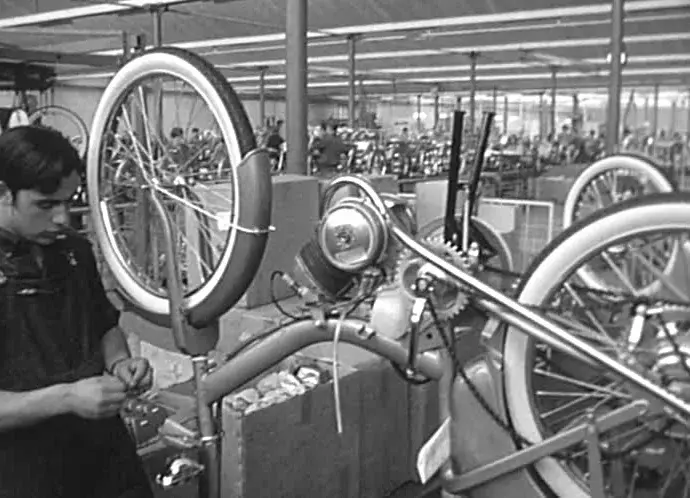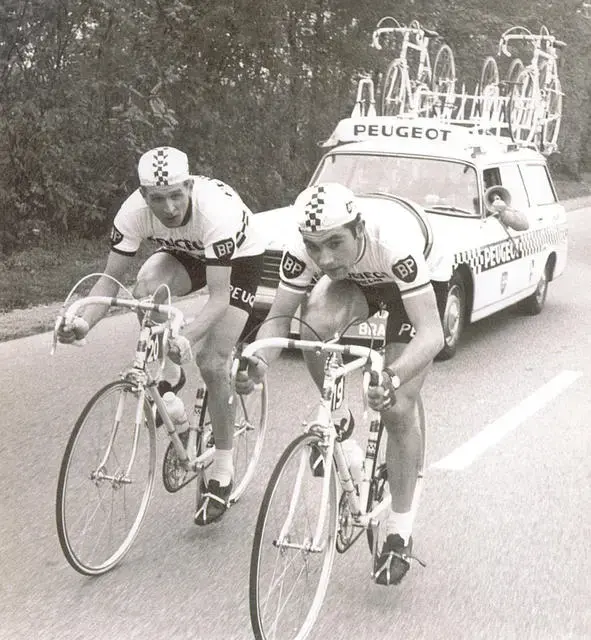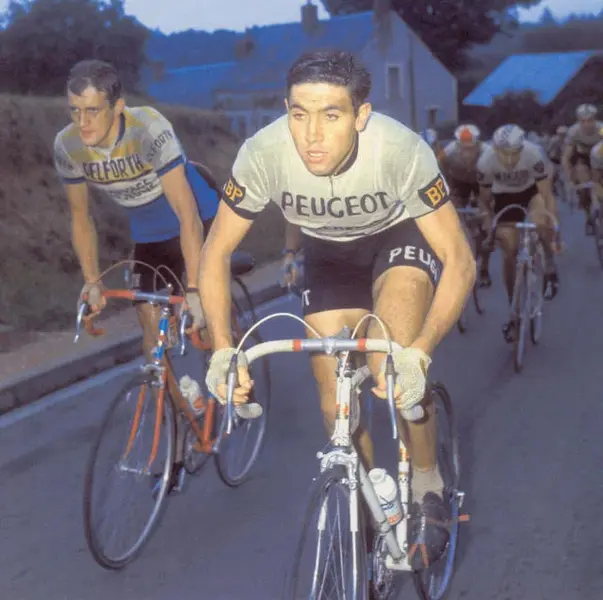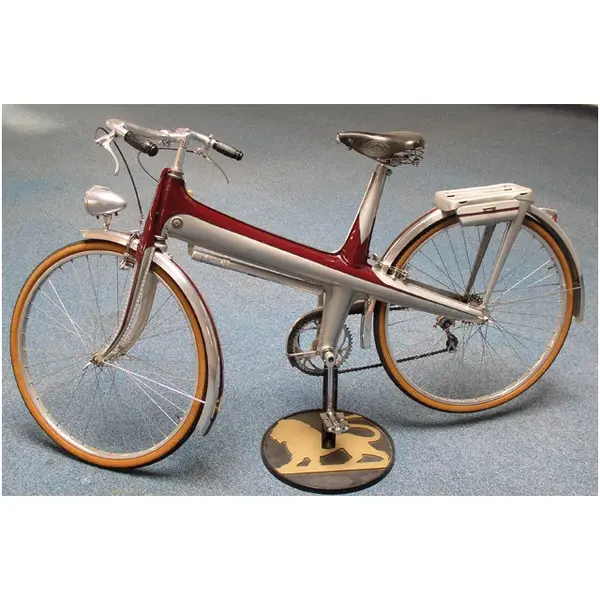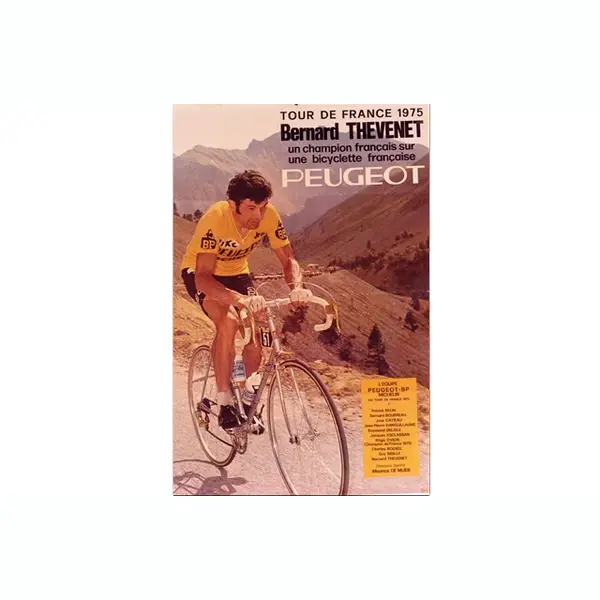Canuk
Old School Grand Master
PY10FC from 1983
Attachments
-
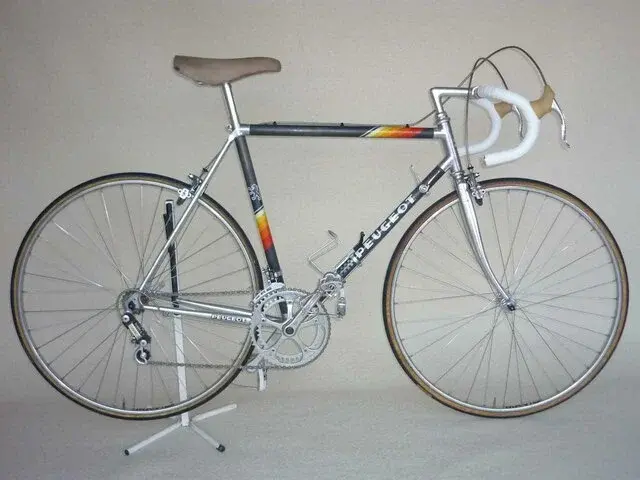 Peugeot_PY10FC-1040598-c2210.webp37.3 KB · Views: 5
Peugeot_PY10FC-1040598-c2210.webp37.3 KB · Views: 5 -
 Peugeot_PY10FC-1040599.webp69.6 KB · Views: 5
Peugeot_PY10FC-1040599.webp69.6 KB · Views: 5 -
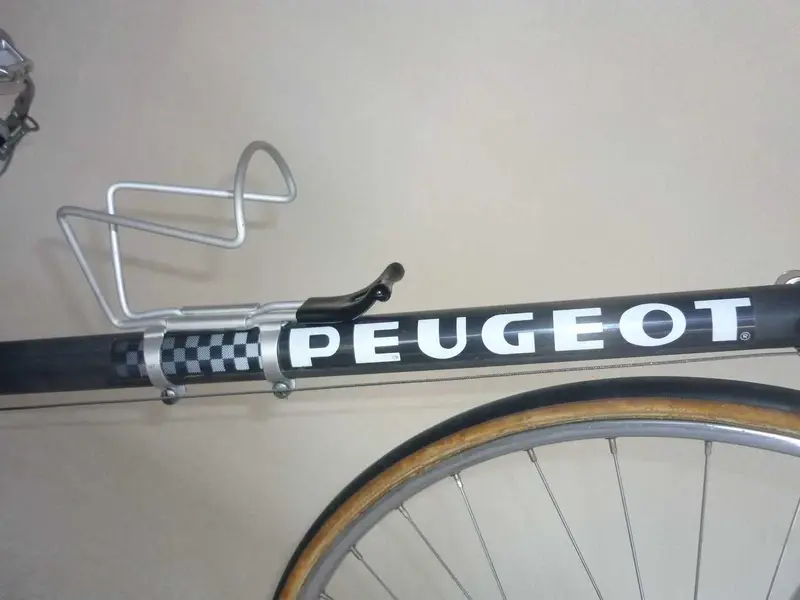 Peugeot_PY10FC-1040623.webp57.5 KB · Views: 4
Peugeot_PY10FC-1040623.webp57.5 KB · Views: 4 -
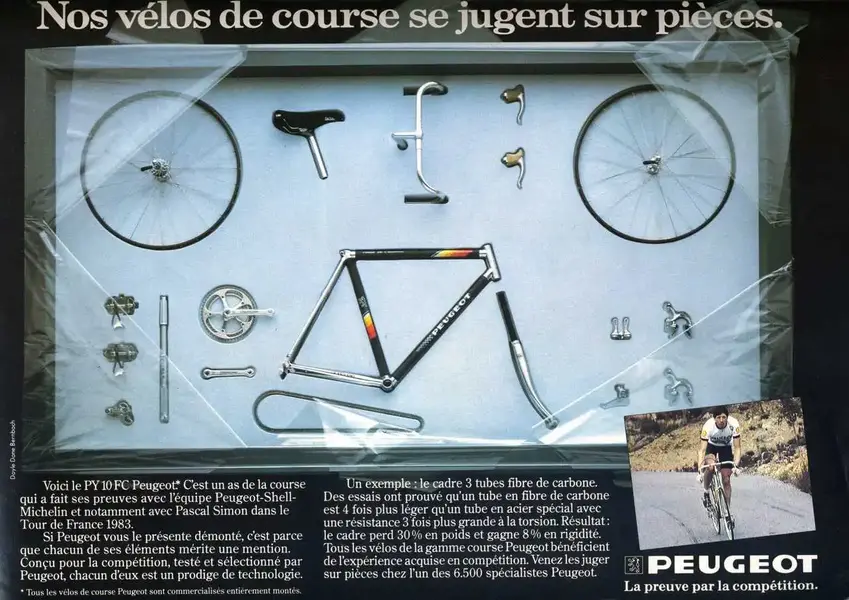 Pub.webp102.8 KB · Views: 4
Pub.webp102.8 KB · Views: 4 -
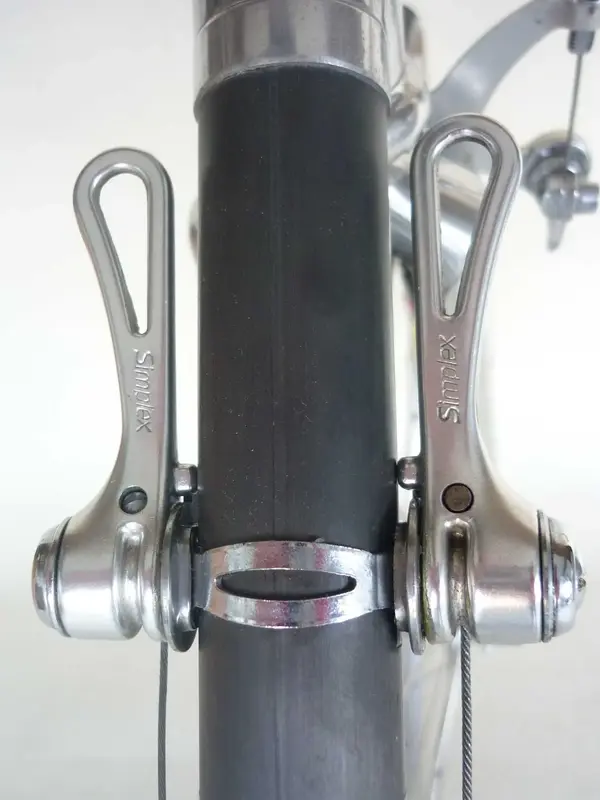 Peugeot_PY10FC-1040641.webp97.3 KB · Views: 4
Peugeot_PY10FC-1040641.webp97.3 KB · Views: 4 -
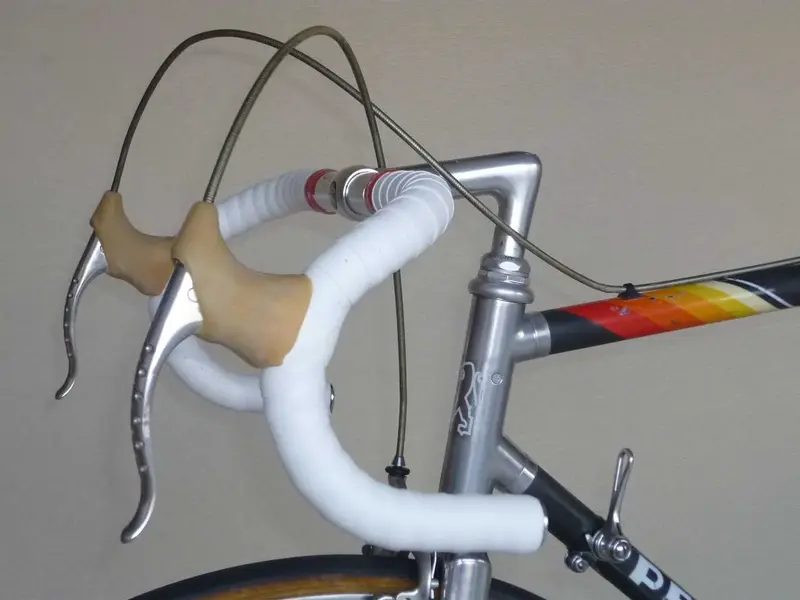 Peugeot_PY10FC-1040629.webp66.8 KB · Views: 3
Peugeot_PY10FC-1040629.webp66.8 KB · Views: 3 -
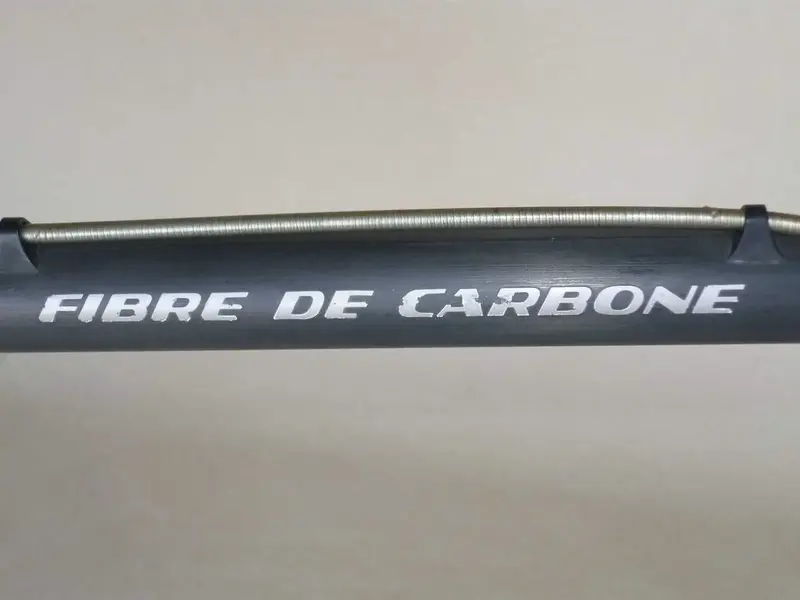 Peugeot_PY10FC-1040628.webp31.9 KB · Views: 3
Peugeot_PY10FC-1040628.webp31.9 KB · Views: 3 -
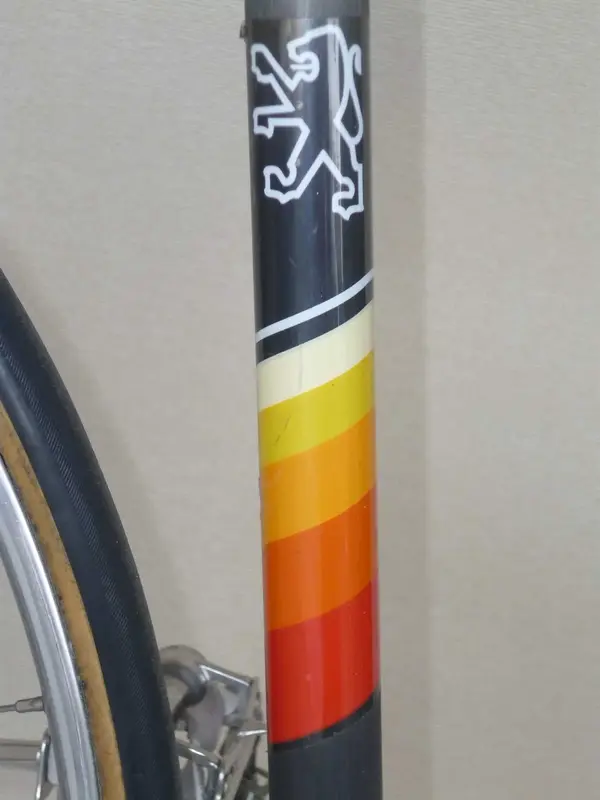 Peugeot_PY10FC-1040624.webp80.4 KB · Views: 5
Peugeot_PY10FC-1040624.webp80.4 KB · Views: 5
